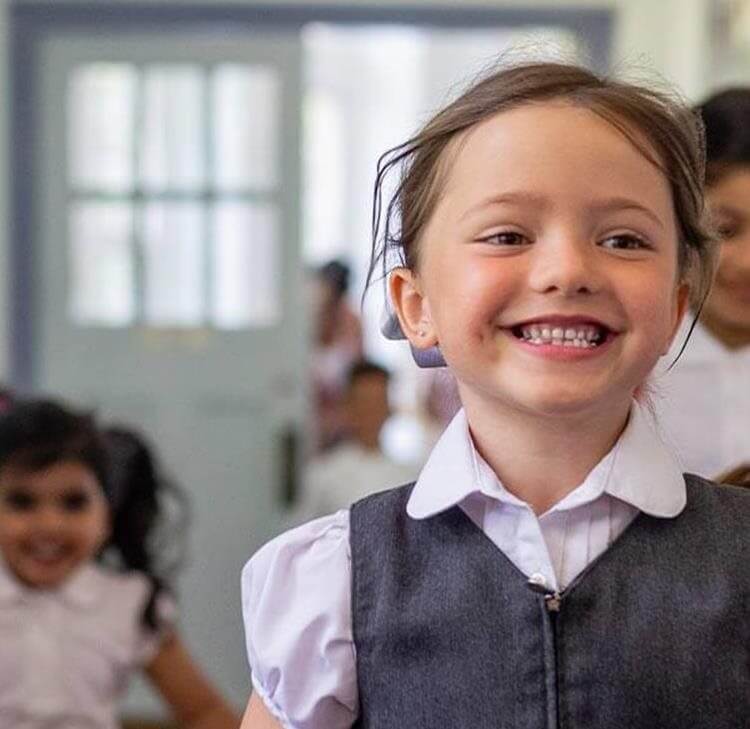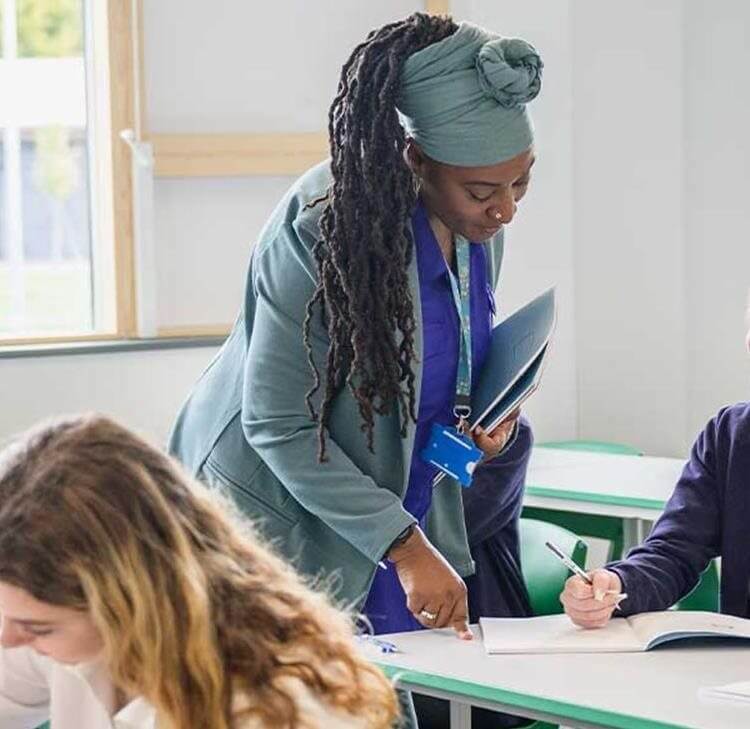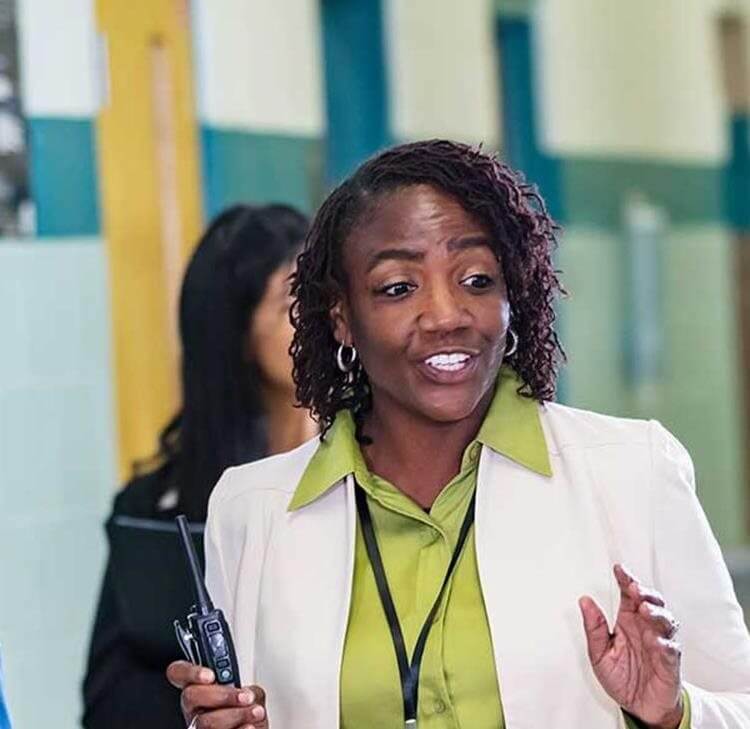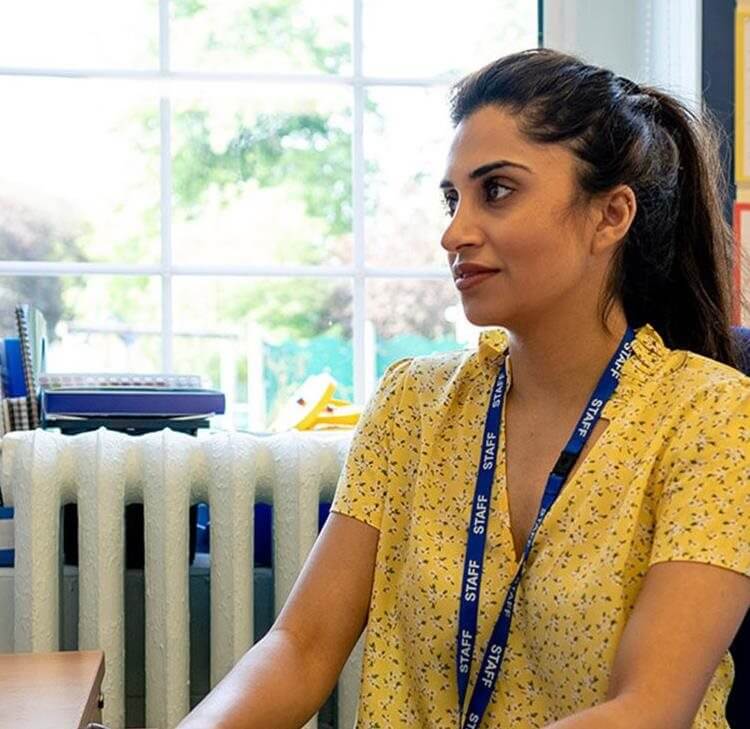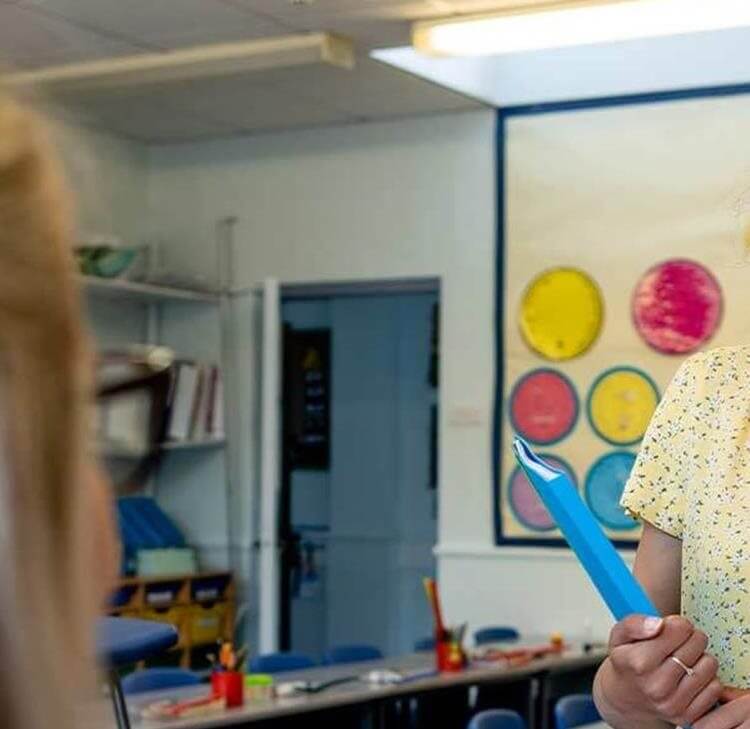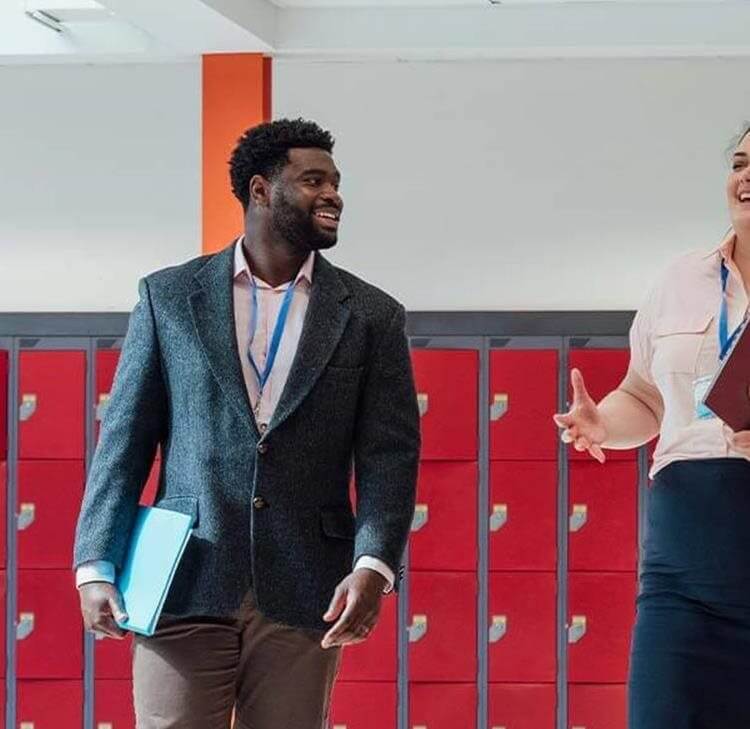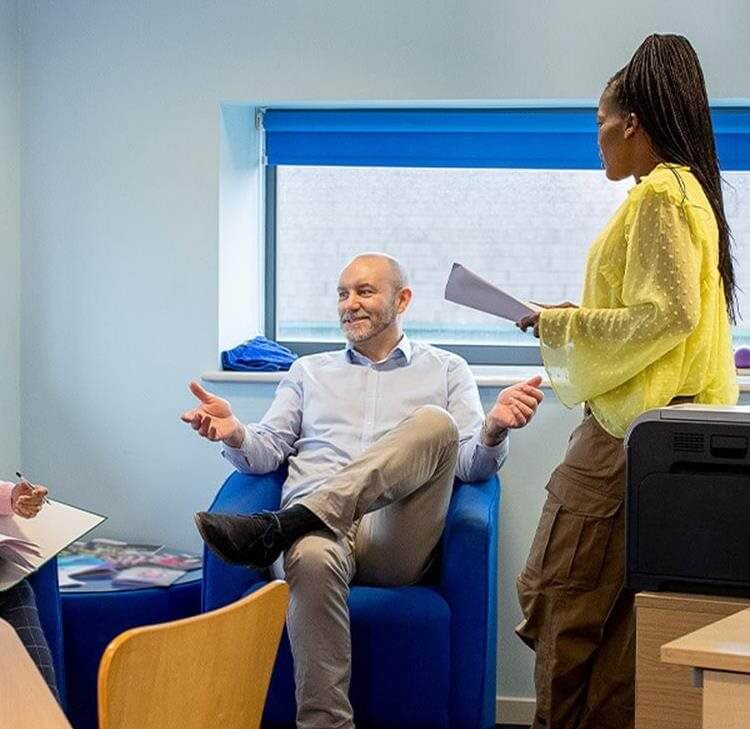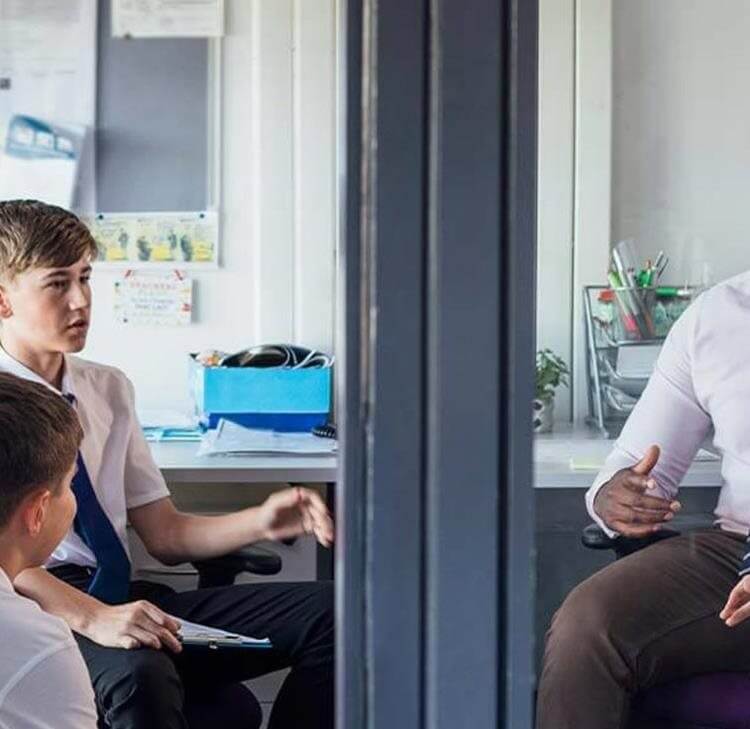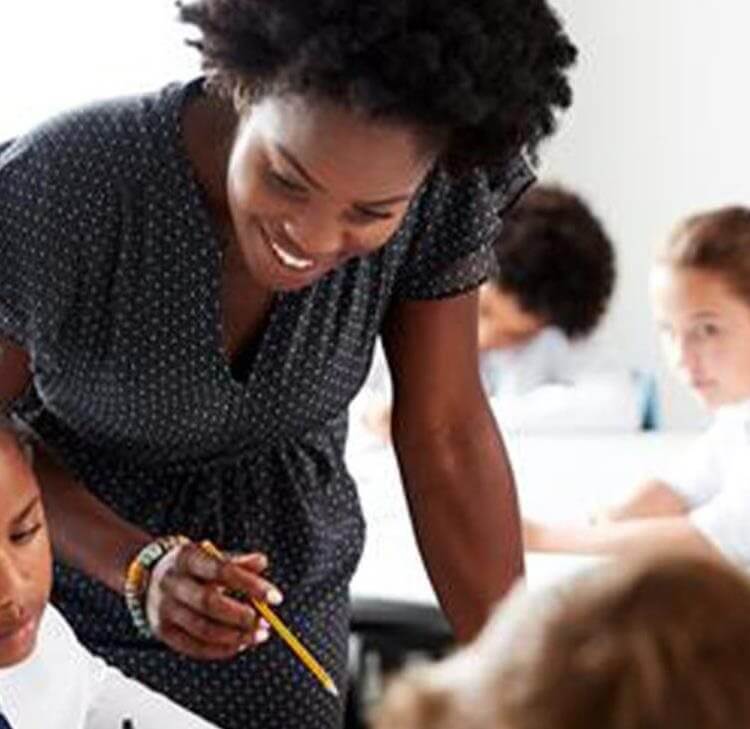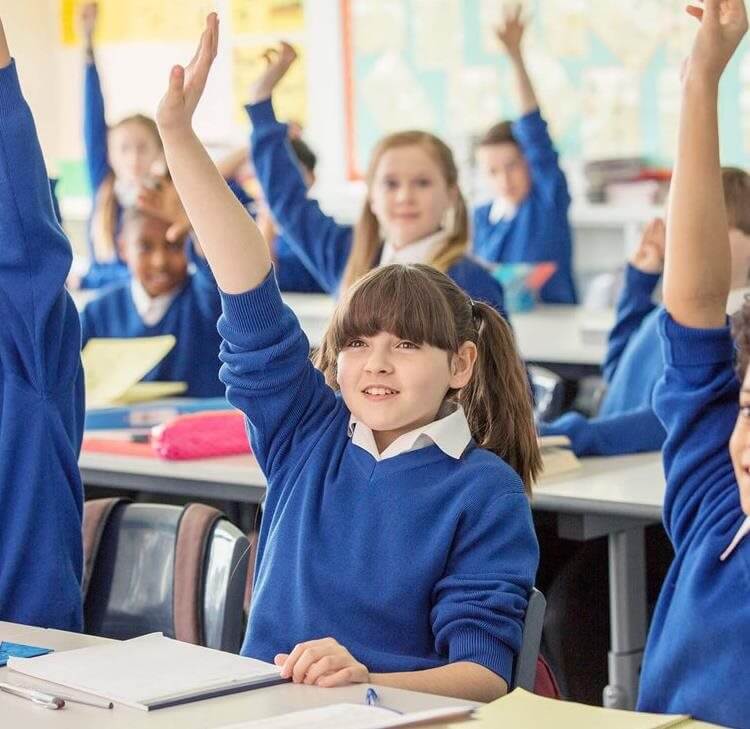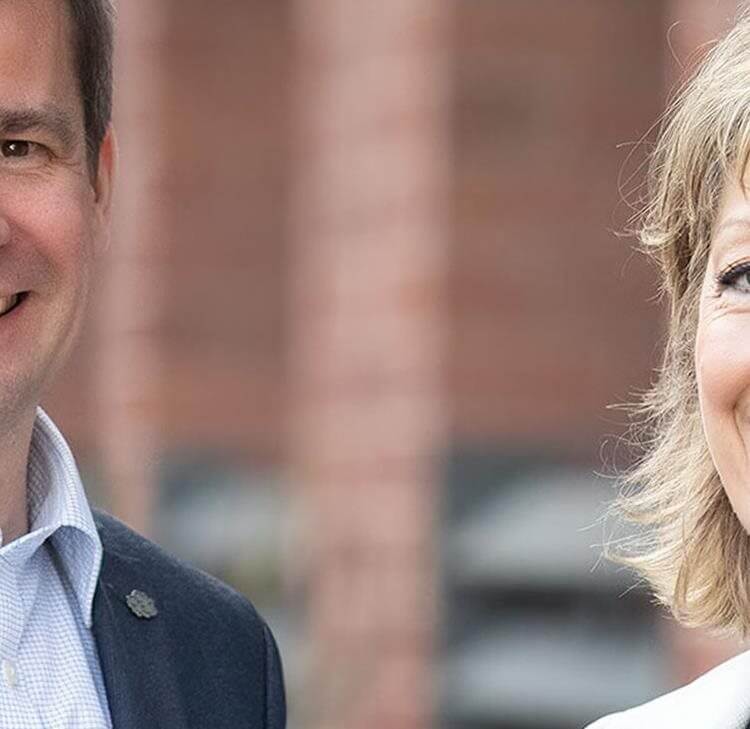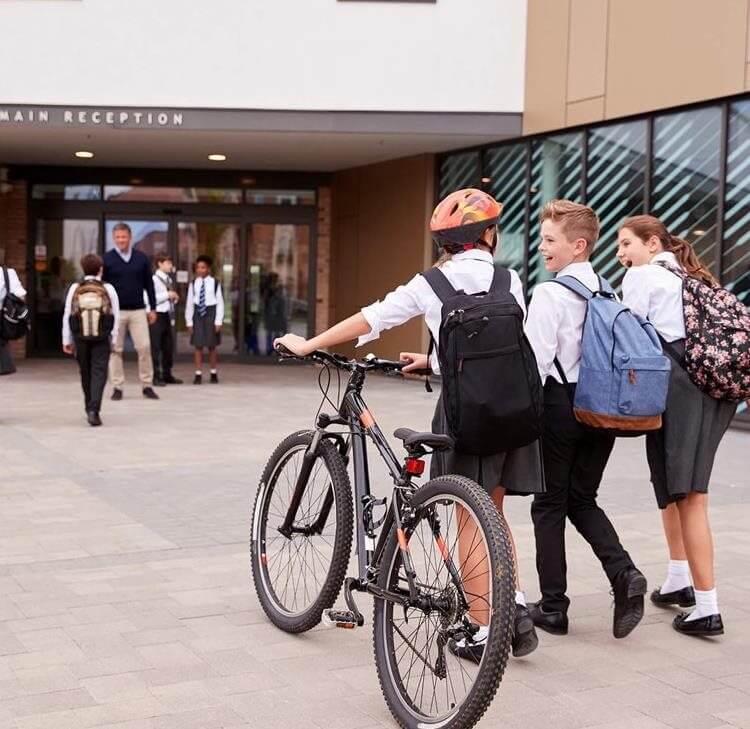KCSiE 2025 looks like it will be significantly updated; we may even see new guidance launched to replace it. For now, though, let’s focus on the changes coming into play in September 2024 and what we need to do about them.
Areas of minimal change
Before we do, it’s good to know about the parts that have had no changes at all, or no substantive changes. Part three (safer recruitment) and Part four (allegations and low-level concerns) fall into this category, with no changes made to either part.
We can add part five too, which only has one tweak to paragraph 497 (Early help) to reflect the wording used in the updated Working Together guidance.
The main changes
So that just leaves us with parts one and two, which do have a few changes and a few more tweaks. These are the three main changes:
1. Children who are lesbian gay, bisexual, or gender questioning – an expected update following publication of the Cass review report. The changes are in paragraphs 205 – 209. The main substance of those new paragraphs is recommending that schools exercise caution because of the many unknowns about the impact of social transitioning, and so schools can consider the broad range of needs that child may have. This should be done in partnership with parents “other than in the exceptionally rare circumstances where involving parents would constitute a significant risk of harm to the child”.
Do note that these amendments remain under review pending the outcome of the gender questions children guidance consultation.
2. Abuse and neglect – not so much a major change, but one that can trip you up when it comes to amending policies and ensuring staff are using the right terminology: the 2024 guidance renames this section as ‘Abuse, neglect and exploitation’ and uses that language throughout the guidance (see paragraphs 19, 66 and 202, and Annex A). In terms of impact, it’s not a major change, but getting the risk of missing it and getting it wrong in policy and training makes it worth a formal mention here.
3. Alternative provision – a new paragraph (171) has been added to make clear that where a school places a pupil with an alternative provision provider, it continues to be responsible for the safeguarding of that pupil and should be satisfied that the placement meets the pupil’s needs. We knew that already, but the inclusion in the guidance shows the importance of this point.
Before we look at what you need to do now, let’s cover off the minor changes to KCSIE 2024.
- Data Protection – a small addition (paragraph 93) that simply directs you to the DfE Data Protection guidance for schools for more information in data protection compliance.
- Domestic abuse – an important addition to paragraph 24 to reflect that seeing, hearing and experiencing the effects of domestic abuse can impact on children.
- Early help – an additional bullet point has been added to paragraph 18 to include children who have experienced multiple suspensions or are at risk of being permanently excluded.
- Absence from education – a change in terminology from “deliberately missing education” to “unexplainable and/or persistent absences from education”.
- Children and the court system – links to two age-appropriate guides have been added to Annex B to help explain the court process to children in those age brackets.
- Preventing radicalisation – a change in terminology in Annex B from “radicalisation into terrorism” to “extremist ideology and radicalisation”, and inclusion of the new definition of radicalisation from the 2023 guidance.
- DSL holding and sharing information – an addition in Annex C is that designated safeguarding leads (DSLs) should note discussions and decisions made, including the rationale for those decisions, to include instances when referrals were not made.
Next steps:
So, what do we do now? Two things: update your policy and train your staff.
Policy – make sure you make the necessary amendments, but remember; brevity is your friend. Not every word of every change in guidance needs to be copied over to your policy, think instead about what your policy is designed to achieve: strong safeguarding practice from all staff.
For it to succeed, it needs to be clear and easy to follow, no longer than necessary and have a good flow to it. If you want to see how it should be done, take a look at our model policy range
Staff training – alongside policy and culture, staff training is the third cornerstone of strong safeguarding. It goes without saying that staff need to be updated about these new changes, but my advice here is to think how the ‘how’. Mix and match your training and updating – a bit of traditional keynote/workshop, FAQs, top tips, two minutes reads can all help, but don’t forget audio and video clips, which are now so easy to do with tools like Teams and Zoom.
Measure outcomes - the final piece of the jigsaw is to measure staff knowledge at least annually. Make sure you’re measuring outcomes not inputs. In other words, you should measure knowledge, not attendance (or worse, confirmation from an individual that they attended).
Good online platforms can help you with this, including our own EduCompli platform. If you want to trial the Child Protection course, just get in touch.
Get those steps right, and your safeguarding foundations will be strong for the next academic year.
Key contact

Dai Durbridge
Partner
dai.durbridge@brownejacobson.com
+44 (0)330 045 2105


